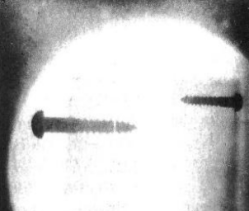Throughout history, clean and potable water has been one of the most prized possessions, without which no human civilization could have ever sustained itself. Not only is water crucial for drinking and food preparation, but also for agriculture, cleaning and the production of countless materials, chemicals and much more. And this isn’t a modern problem: good water supplies and the most successful ancient cultures go hand in hand.
For instance, the retention and management of fresh water in reservoirs played a major role in the Khmer Empire, with many of its reservoirs (baray) surviving to today. Similarly, the Anuradhapure Kingdom in Ceylon (now Sri Lanka) featured massive reservoirs like Kala Wewa that was constructed in 460 CE with a capacity of 123 million m3. In the New World, the Maya civilization similarly created reservoirs with intricate canals to capture rainwater before the dry season started, as due to the karst landscape wells were not possible.
Keeping this water fresh and free from contaminants and pollution was a major problem for especially the Maya, with a recent perspective by Lisa J. Lucera in PNAS Anthropology suggesting that they used an approach similar to modern day constructed wetlands to keep disease and illness at bay, while earlier discoveries also suggest the use of filtration including the use of zeolite.
Continue reading “Access To Fresh And Potable Water: An Ancient And Very Current Challenge”



















